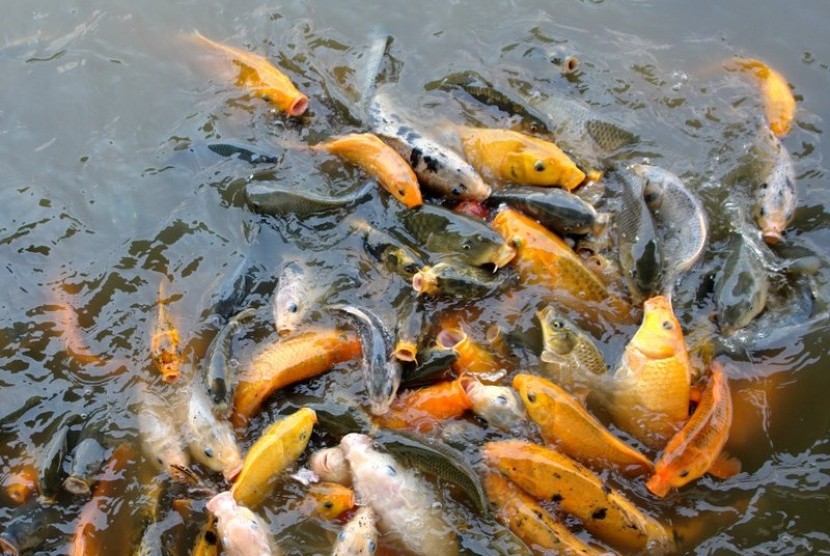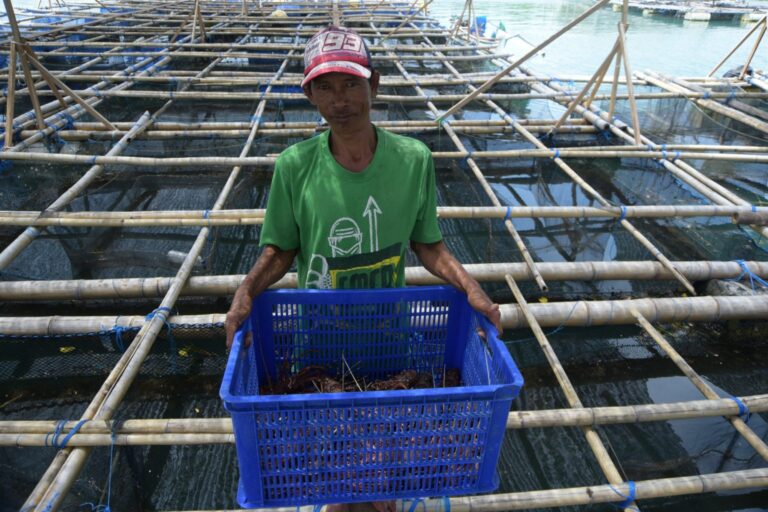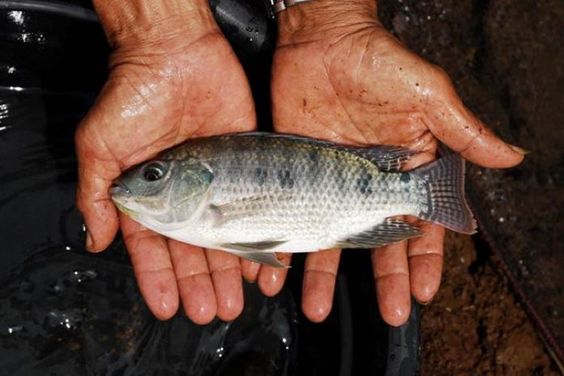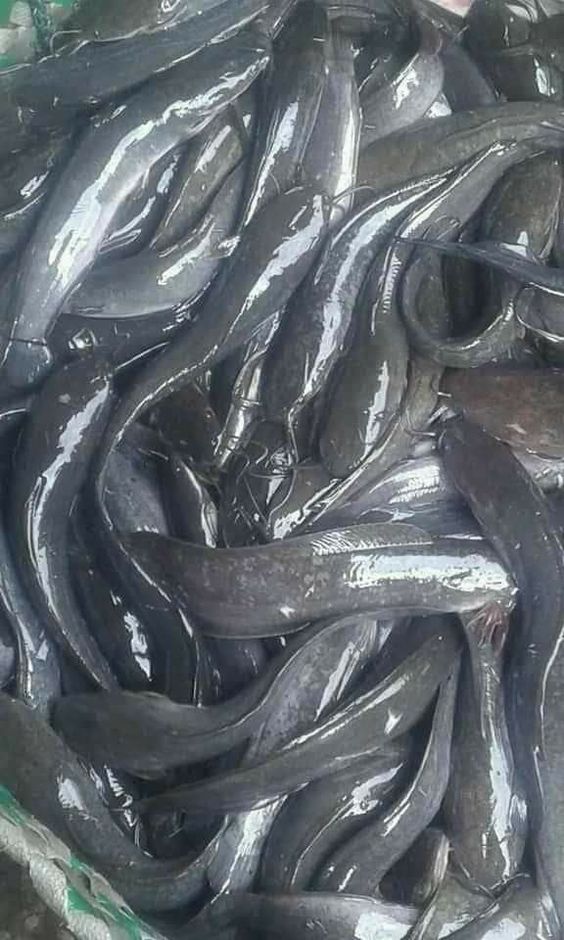Sustainable Carp Fishery: A Deep Dive
Carp Fishery, a diverse group of freshwater fish, have a long history of aquaculture and recreational fishing. With their hardiness, adaptability, and prolific breeding, carp offer a unique opportunity for sustainable fish farming. However, a responsible approach is crucial to ensure a healthy aquatic ecosystem and a thriving carp population.
Contents
Why Carp? The Advantages of Carp Farming
- High Productivity: Carp are known for their fast growth rates and ability to reproduce in large numbers. This makes them ideal candidates for fish farming, as they can produce a high yield in a relatively short period.
- Omnivorous Diet: Carp have a flexible diet, consuming both plant and animal matter. This adaptability makes them less reliant on specific food sources, reducing the pressure on natural resources.
- Adaptability: Carp can thrive in a variety of environments, including ponds, lakes, and reservoirs. They can tolerate a wide range of water temperatures and conditions, making them suitable for farming in different regions.
- Economic Value: Carp are a popular food fish in many cultures, and their flesh is known for its nutritional value. Carp farming can contribute to local economies by providing employment opportunities and generating revenue.
The Pillars of Sustainable Carp Fishery
-
Water Quality Management: Maintaining optimal water quality is paramount for carp health and productivity. This involves regular monitoring of parameters such as dissolved oxygen, pH, ammonia, and nitrite levels. Implementing aeration systems, filtration, and bioremediation techniques can help maintain a healthy aquatic environment.
-
Stocking Density: Overcrowding can lead to stress, disease outbreaks, and poor growth rates. It’s essential to determine the appropriate stocking density based on factors such as pond size, water quality, and feeding regime. Regular monitoring of fish health and adjusting stocking density as needed is crucial for maintaining a sustainable population.
-
Nutrition and Feeding: A balanced diet is essential for optimal carp growth and reproduction. Carp require a mix of proteins, carbohydrates, fats, vitamins, and minerals. Formulating a feed plan that meets their nutritional needs, considering their life stage and environmental conditions, is crucial. Implementing proper feeding practices, such as avoiding overfeeding and minimizing waste, is also important for water quality management.
-
Disease Prevention and Control: Carp are susceptible to various diseases, including parasites, bacterial infections, and fungal infections. Implementing preventive measures, such as quarantine of new fish, regular health checks, and maintaining good water quality, can help minimize the risk of outbreaks. If diseases occur, prompt diagnosis and appropriate treatment are crucial to prevent the spread and minimize losses.
-
Genetic Management: Selective breeding can improve the genetic traits of carp, such as growth rate, disease resistance, and flesh quality. Implementing a sound breeding program involves selecting broodstock with desirable characteristics and ensuring proper mating practices. This can lead to the development of carp strains that are better adapted to local conditions and have improved production traits.
-
Environmental Considerations: Carp farming should be conducted in a manner that minimizes the impact on the surrounding environment. This includes managing waste disposal, preventing the escape of farmed fish into natural waterways, and minimizing the use of chemicals and antibiotics. Integrating carp farming with other agricultural activities, such as crop production, can create a synergistic system that benefits both the environment and the farmer.
Case Studies in Sustainable Carp Fishery
- Integrated Rice-Fish Farming: This traditional practice involves raising carp in rice paddies. The fish benefit from the nutrient-rich environment of the paddy, while their waste fertilizes the rice crop. This symbiotic relationship reduces the need for external inputs, minimizes environmental impact, and provides additional income for farmers.
- Recirculating Aquaculture Systems (RAS): RAS technology involves treating and reusing water, minimizing water consumption and waste discharge. This approach allows for more intensive carp production while minimizing environmental impact. RAS systems can be implemented in urban or industrial settings, providing a sustainable way to produce fish in areas with limited land and water resources.
Challenges and Future Directions
Sustainable carp fishery faces several challenges, including disease outbreaks, environmental concerns, and market fluctuations. Climate change also poses a threat, as it can affect water temperatures, rainfall patterns, and disease prevalence.
Research and innovation are crucial for addressing these challenges and ensuring the long-term sustainability of carp farming. This includes developing disease-resistant carp strains, improving feed formulations, optimizing production systems, and exploring new markets for carp products.
Stable carp fishery offers a promising avenue for sustainable food production. By adopting responsible practices, incorporating innovative technologies, and prioritizing environmental considerations, carp farming can contribute to food security, economic development, and environmental conservation. It’s a balancing act that requires continuous effort and collaboration among stakeholders, but the rewards are well worth the investment.






